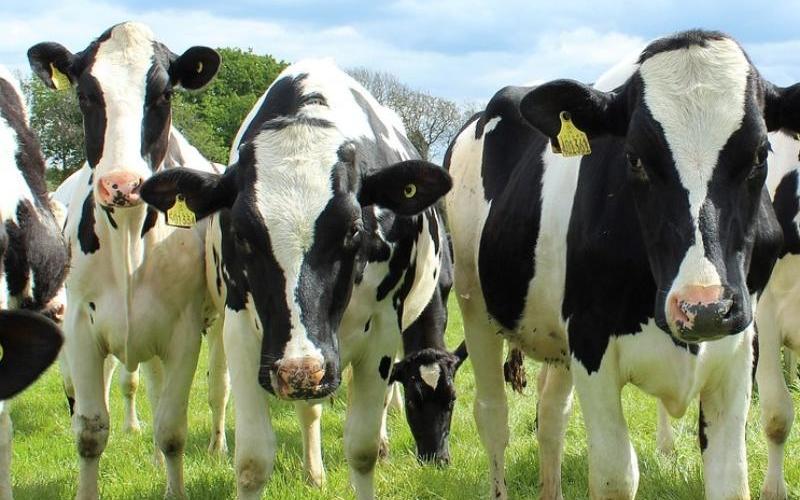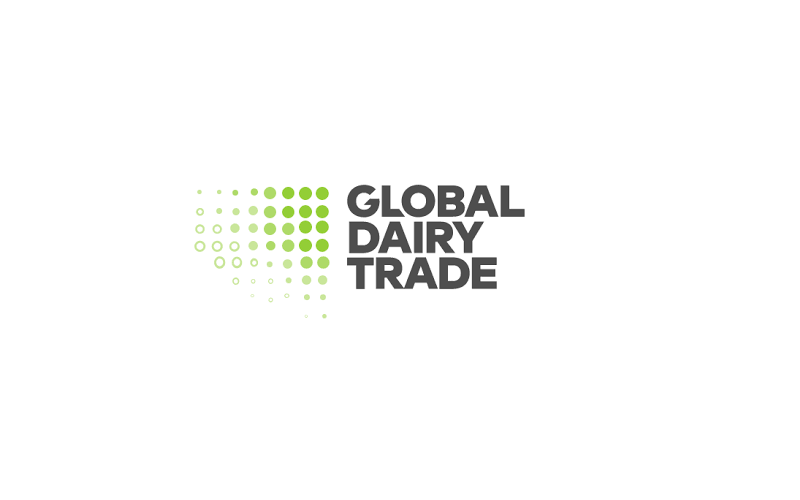Global Dairy Prices Fall as Supply Surges
Sourse: dairynews.today
A surge in milk production from the EU and U.S. is pushing global dairy prices down, impacting commodities like butter and milk powders.

The agribusiness sector is currently undergoing significant changes as global dairy prices experience a downward trend. According to a recent Global Dairy Commodity Update from Maxum Foods, this decline is attributed to increased milk production in major regions such as the European Union and the United States. This growth in supply is surpassing global demand, reshaping international dairy values. Notably, the report highlights that both EU milk and butterfat supplies have increased, while the U.S. is producing more cheese and butterfat. Additionally, New Zealand’s improved milk output contributes to the surplus.
Despite stable demand for specific commodities like cheese in the EU, the market overall is exhibiting signs of weakness. Data journalism from the report reveals that EU cheese and butter exporters are losing market share, reflecting the increased competition. In the U.S., strong production with weak domestic demand exacerbates market decline. This supply-demand imbalance is the main factor for current downward price pressure. Overall, these trends underscore the delicate balance within the international dairy community. While global trade has expanded, cautious buying behavior due to high past prices prevents over-commitment in a potentially declining market. The article warns analysts to remain vigilant as future challenges, such as potential feed supply issues due to a hot, dry summer in Europe, may alter production dynamics, highlighting the volatility of the agribusiness sector.
Despite stable demand for specific commodities like cheese in the EU, the market overall is exhibiting signs of weakness. Data journalism from the report reveals that EU cheese and butter exporters are losing market share, reflecting the increased competition. In the U.S., strong production with weak domestic demand exacerbates market decline. This supply-demand imbalance is the main factor for current downward price pressure. Overall, these trends underscore the delicate balance within the international dairy community. While global trade has expanded, cautious buying behavior due to high past prices prevents over-commitment in a potentially declining market. The article warns analysts to remain vigilant as future challenges, such as potential feed supply issues due to a hot, dry summer in Europe, may alter production dynamics, highlighting the volatility of the agribusiness sector.











